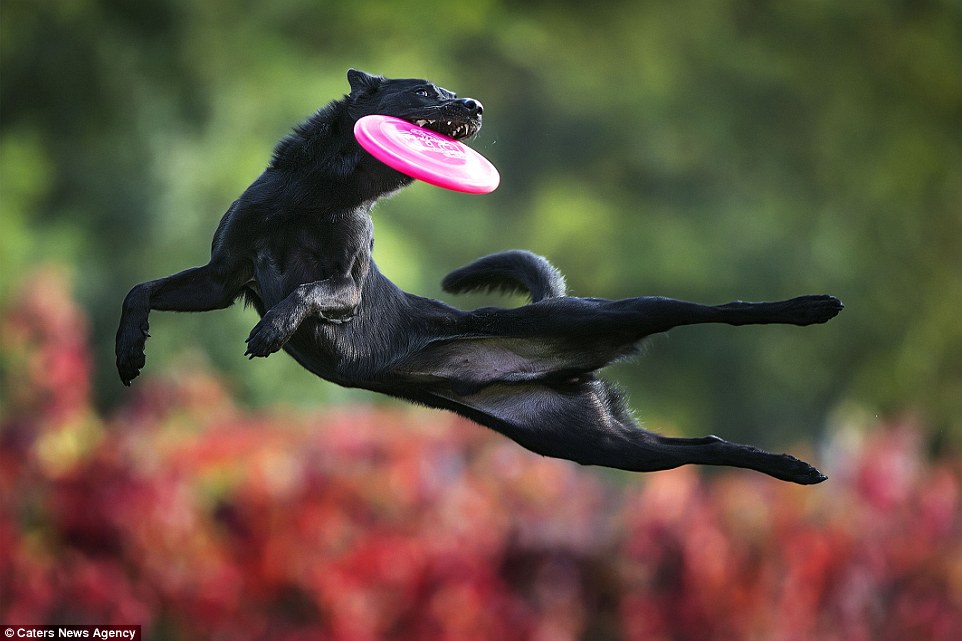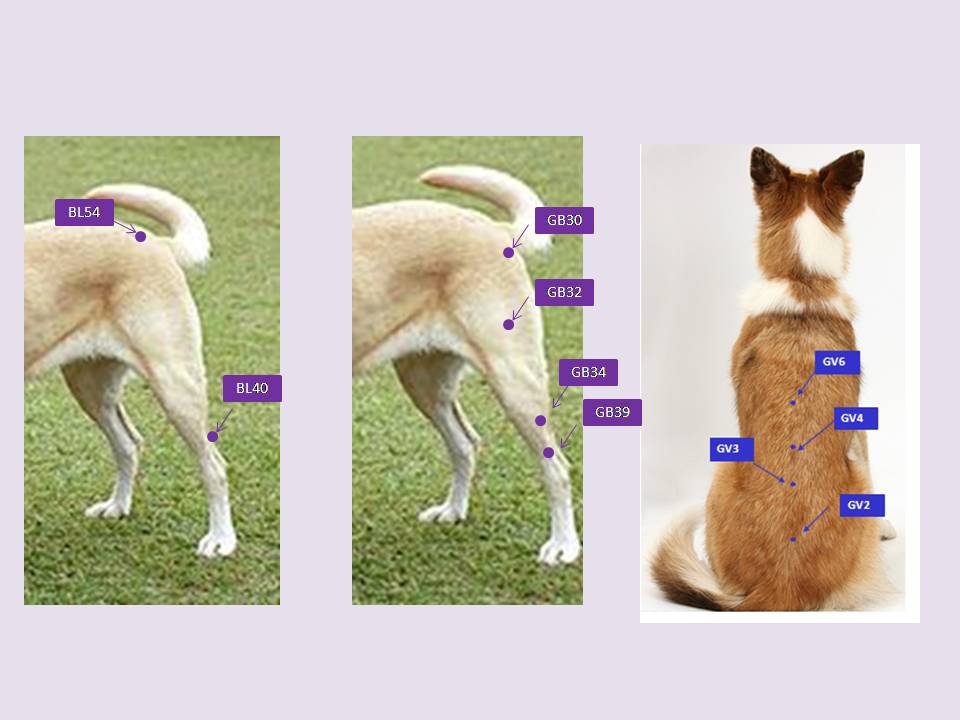
So you are out tossing a frisbee with your pup and he lands funny, or your little dog jumps off the couch and tweaks his back, or your pup is competing in Fly ball and takes an awkward spring of the board and doesn’t want to finish the course… It could be just a strain or something more serious. Most of the time it is just a pulled muscle or spasm or strain, but read the info below:
If it is more serious there are measures you can take to help your pup have the best outcome FCE’s are more common in large breed male dogs and little terriers and Shelties. It’s possible an underlying condition common in these breeds called hyperlipidemia, which is a high blood cholesterol level, could be a contributing factor in smaller dogs who acquire the condition.. so just something to be aware of
- A fibrocartilaginous embolism (FCE) is a blockage in a blood vessel in the spinal cord. When such a blockage occurs, an area of the spinal cord dies.
- An FCE typically results from an injury to the spinal cord caused by jumping or landing awkwardly. Sometimes vigorous exercise can trigger it. Dog fights, rough play, and any sort of accidental trauma can also lead to an FCE.
- Fibrocartilaginous emboli are rarely seen in cats and occur most often in large and giant breed male dogs, and also miniature Schnauzers and Shelties between three and six years of age.
- Symptoms of an FCE can include sudden, severe pain followed by lessening pain after a short period; weakness; partial to full paralysis of a rear limb; and an uncoordinated gait.
- The recommended treatment for FCE is to begin aggressive physical therapy. Implementing an immediate rehabilitation program is your pet’s very best option for a full recovery and a second chance at life.
Acupuncture or Acupressure, Laser Therapy and definitely water therapy are key to making a full recovery. So play safe out there… http://healthypets.mercola.com/sites/healthypets/archive/2013/06/03/fibrocartilaginous-embolism.aspx
For any sudden acute injury see your vet ASAP.
These points may help with regeneration
http://www.healthcmi.com/Acupuncture-Continuing-Education-News/1428-acupuncture-regenerates-nerves
GV = DU from the points above
GV-2 Location: On the dorsal mid line between the last Sacral and the first caudal vertebra.
GV-3 Location: On the dorsal mid line between the fourth and fifth lumbar vertebrae.
GV-4 Location: On the dorsal mid line between the second and third lumbar vertebra.
GV-6 Location: On the dorsal mid line between the spinous processes of the eleventh and twelfth thoracic vertebra.
GB-30 Midway between the greater trochanter and the tuber ishii.
GB-32 On the mid line of the lateral aspect of the thigh, 6 cun above the transverse popliteal crease.
GB-34 In the depression cranial and distal to the head of the fibula.
GB-39 Located 3 cun above the tip of the external (lateral) malleolus, in the depression between the caudal border of the fibula and the tendons of the peroneus longus and brevis muscles. (opposite SP6 on which lies medially)
BL-54 Dorsal to the greater trochanter.
BL-40 In the center of the popliteal crease.

o
EditFiled under: acupuncture for FCE, Agility dogs, FCE, FCE Canine, fibrocartilginous Embolism, Frisby dogs injury, Spinal cord injury canine, spinal paralysis CAnine
Post navigation
← If Your Pet Lives In A Household With Smokers … This Is An Important ReadAre You Prepared For a Pet Emergency? Here Are Some Necessary Items For Your Pet First Aid Kit →SEARCH FOR:
RECENT POSTS
- Summer is Here, And It is Going To Be A Hot One… Do You Know The Signs Of Heatstroke, And What To Do If It Happens To Your Pup?
- If Your Pup Gets A Little Car Sick, We Have Some Good Tips and Points To Help
- If Your Dog Has Reverse Sneezing Episodes, This Point May Help
Cop